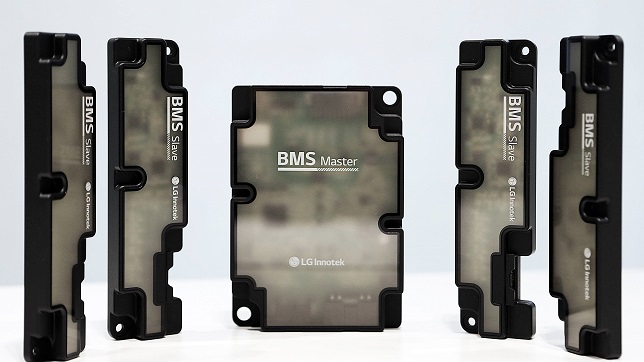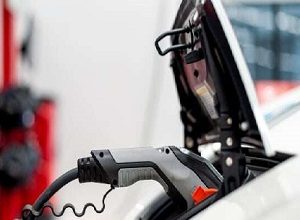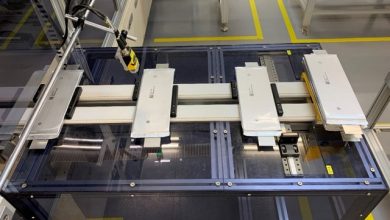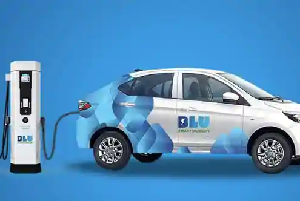LG Innotek develops wireless battery management system

LG Innotek has developed a Wireless Battery Management System (Wireless BMS) that improves battery performance. The wireless BMS that LG Innotek has developed is embedded with a Radio Frequency (RF) communication module that combines essential components for wireless communication, such as a RF communication chip and antenna, into one unit. The advantage of a wireless BMS is that reduces the weight of vehicles mounted with a BMS.
Once the cables connected to the BMS are removed, the vehicle weight is reduced by 66~198Ib. Removing the dozens of cables and connectors required for a BMS reduces both the weight and volume of a battery pack.
This secures additional space of 10~15% for a battery pack, enabling increasing the capacity of a battery, and hence, the range of an EV. It has been confirmed that a wireless BMS increases the mileage of an electric vehicle by up to 12 miles. The additional space for a battery pack also improves the flexibility of battery design.
In addition, the possibility of a cable or connector failure due to vehicle vibration is completely removed. Furthermore, battery pack assembly previously done manually due to the complexity of cable connections can now be automated using a robot, achieving cost reduction.
LG Innotek had already developed an 800V wired BMS in 2020. Since the charging duration decreases as the voltage increases, domestic and overseas automobile makers tend to adopt 800V as their voltage system for electric vehicles.
To send and receive data for an electric vehicle battery wirelessly, a wireless BMS must be equipped with dozens of components such as an RF circuit, RF communication chip and antenna.
In the case of previously released wireless BMS, these components were attached one by one to a PCB. Because of this, the BMS production process required a lot of time and there was too much development burden in expanding the product lineup, LG Innotek said.
LG Innotek instead first applied to its wireless item an RF communication module that it had developed using its high-precision, high-density, multi-layer board technology. The RF communication module is composed of a four-layer board and dozens of wireless communication components that were densely integrated into this board. This structure helped the company to develop a wireless BMS on which the battery pack could be mounted much more easily.
The RF communication module mounted on the company’s wireless BMS is designed to be compatible with all types of communication chips. This compatibility enables applying the company’s Wireless BMS easily to all electric vehicles produced by its clients.




